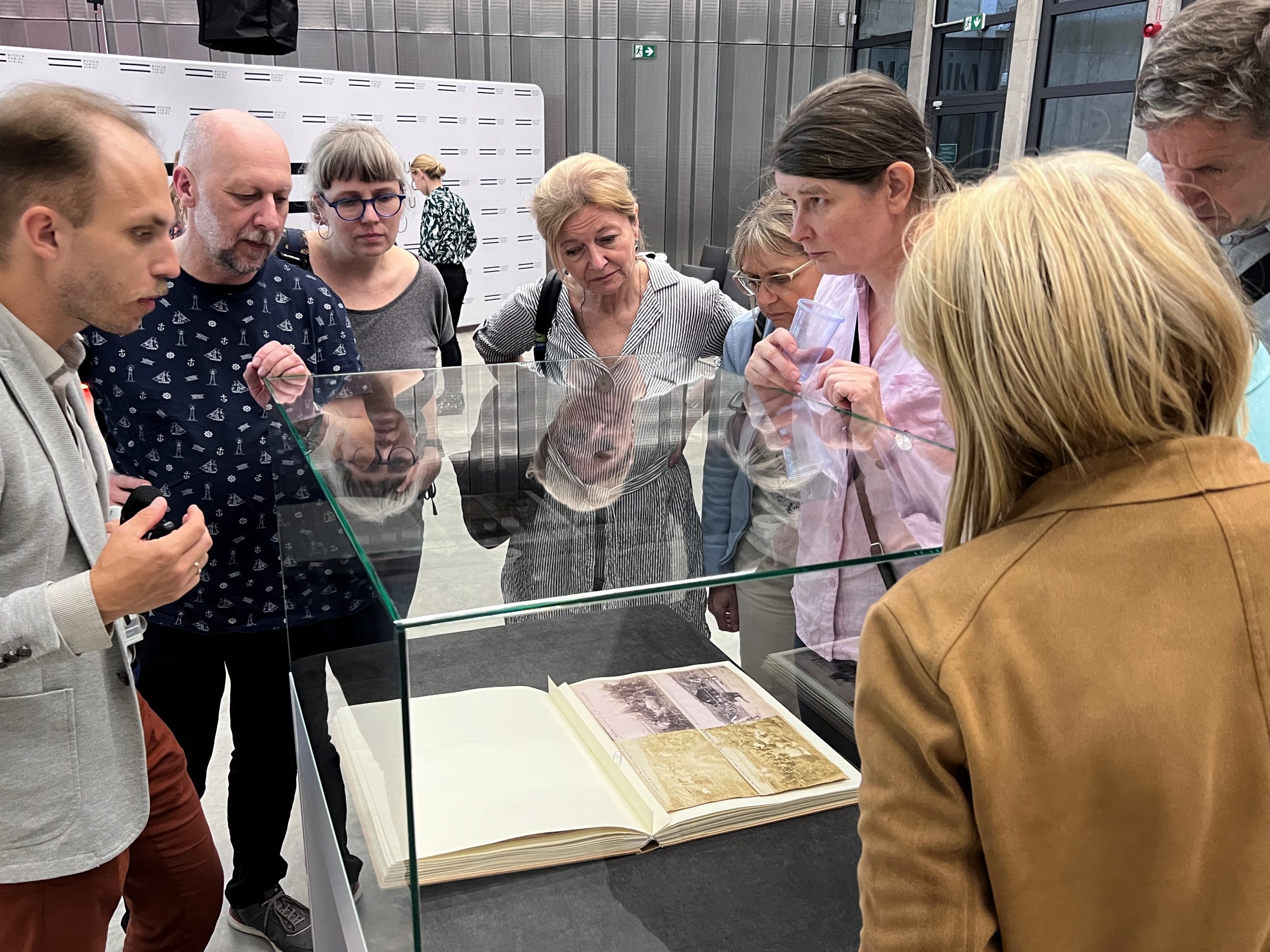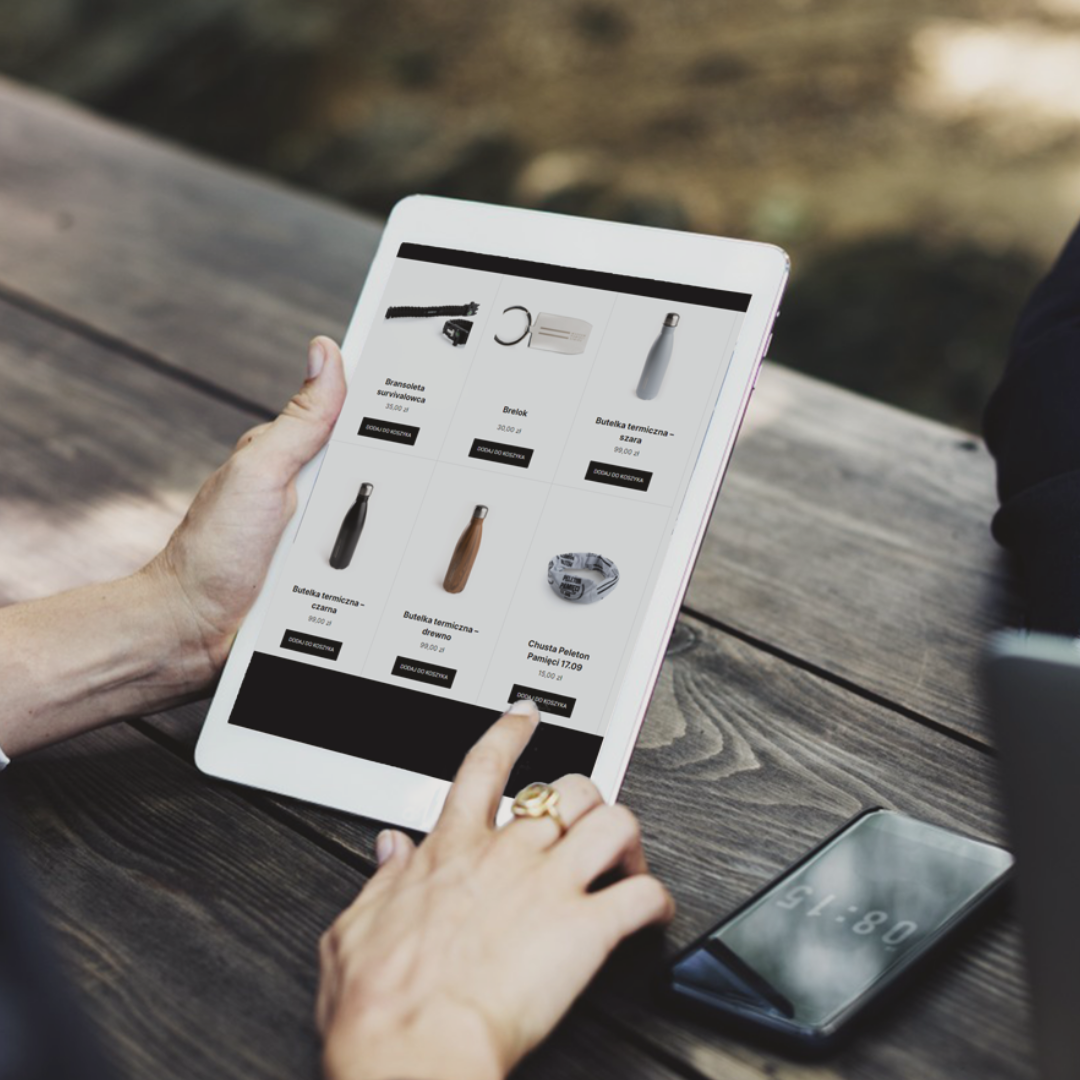The Exhibit of the Month is a series, in which the Sybir Memorial Museum shows items donated by Siberian families. This is a way of saying thank you and honoring those, who gave the facility souvenirs of their loved ones — we know that it is not always an easy decision, the more we appreciate the generosity of our donors.
An important element of the “Exhibit of the Month” is a family story shared by donors with the audience gathered at the presentation of souvenirs. Thanks to the monthly event, we present not only the fate of a family, but also specific threads from the history of Polish Siberia. We always meet in the morning so that young people from Białystok schools can participate in the event. This time it was different…
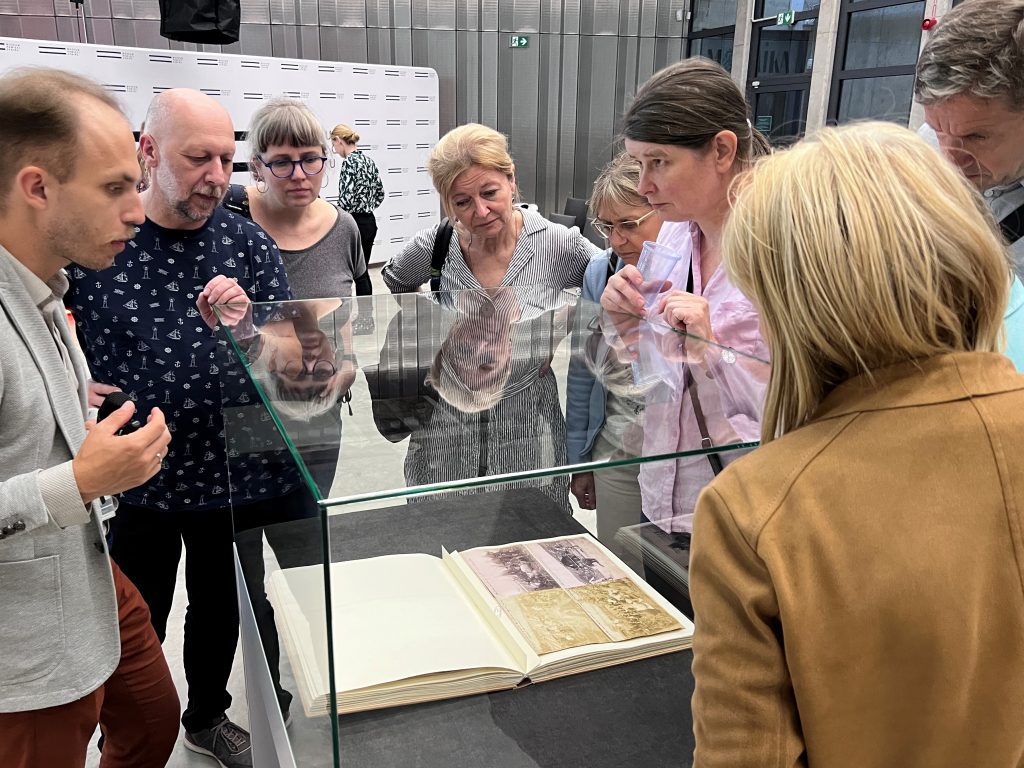
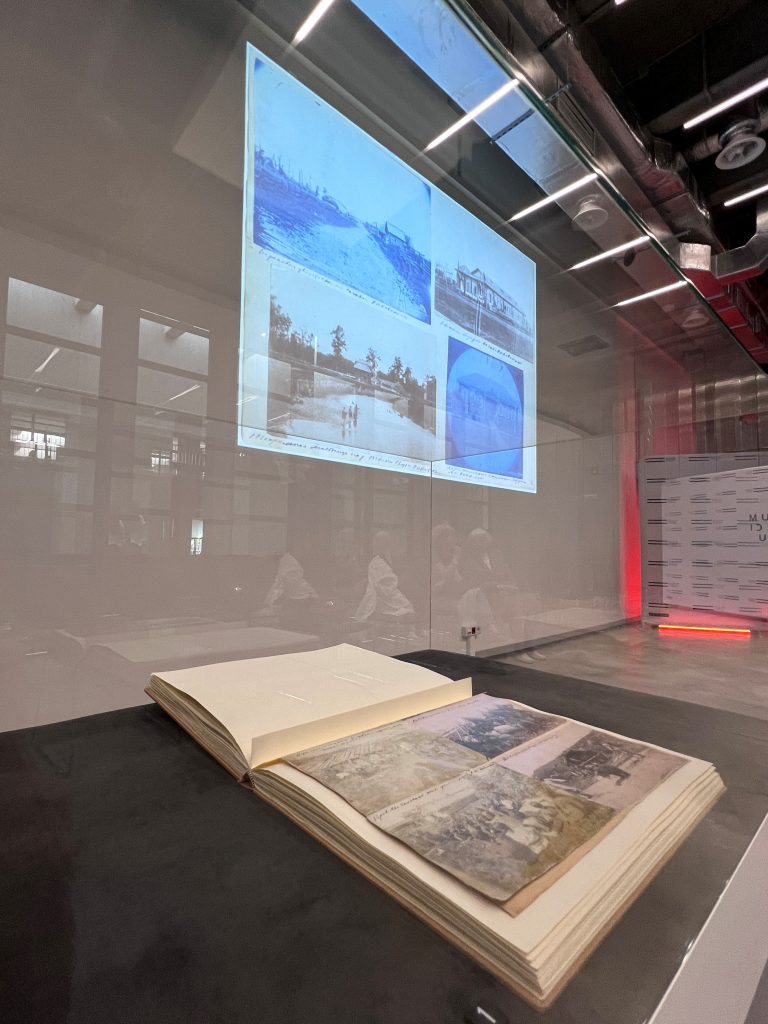
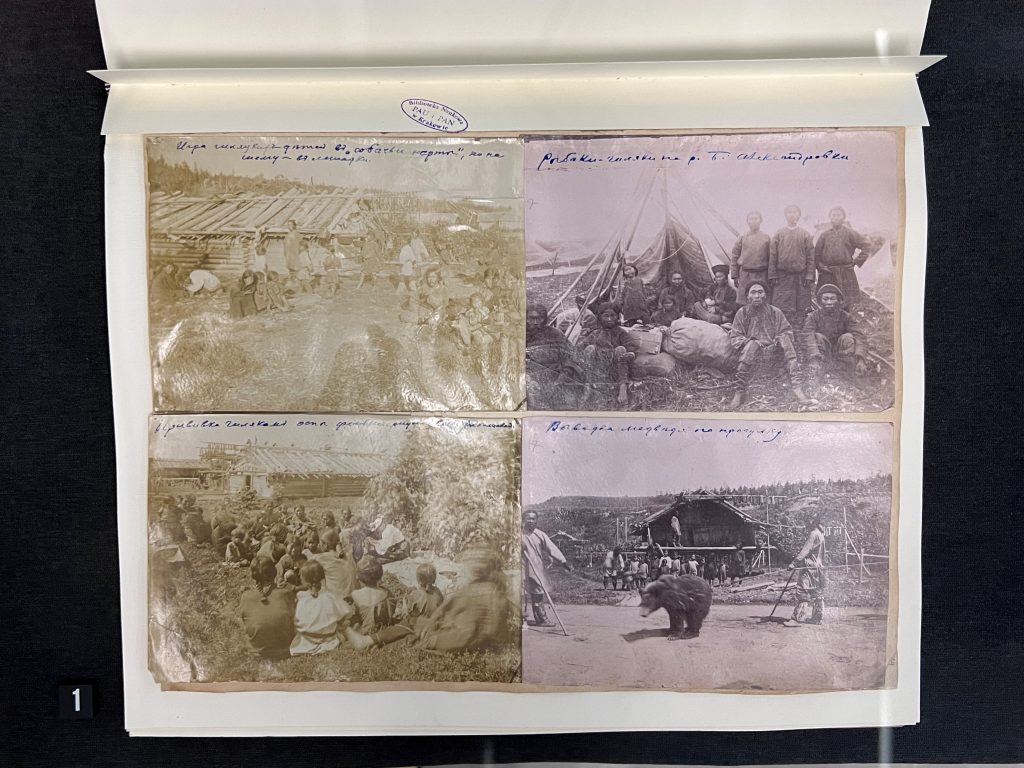
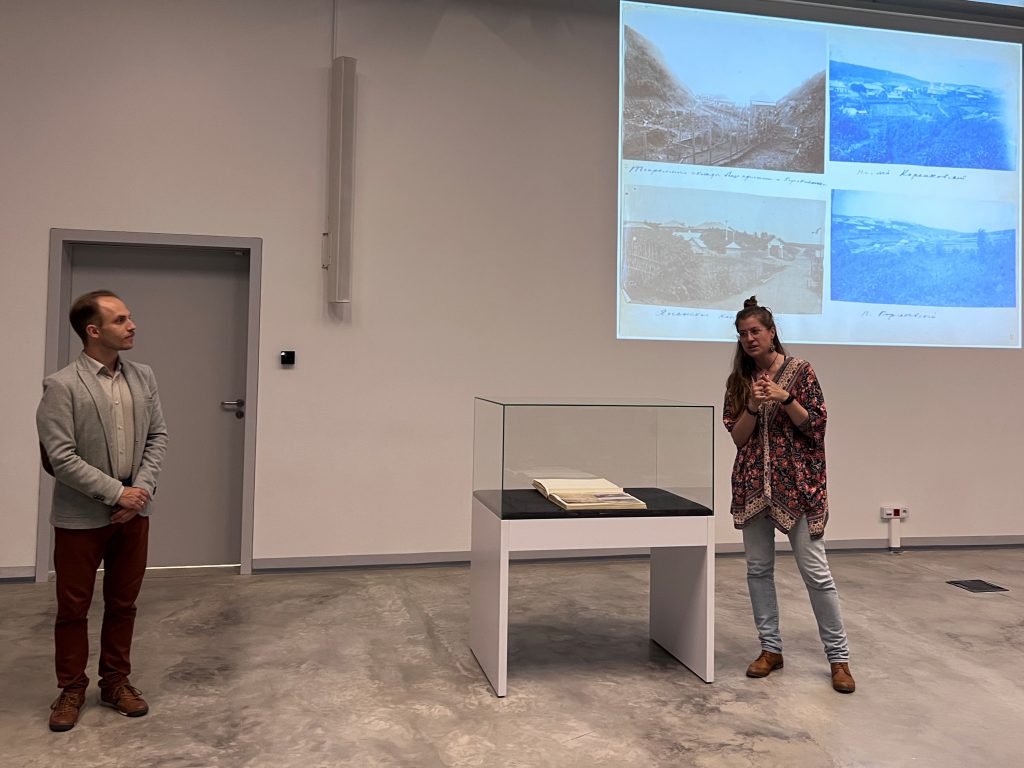
On Thursday, June 15, 2023 the Sybir Memorial Museum hosted Danuta Onyszkiewicz, an anthropologist and traveler, and on a personal note, a descendant of the Piłsudski family. Bronisław Piłsudski is her great-uncle. She followed in his footsteps and started researching the Ainu people and their descendants. In addition, she popularized the achievements of Bronisław, who is appreciated around the world, but in Poland the fame of his younger brother, Józef had overshadowed him.

Taking advantage of the presence of a member of the Piłsudski family, who was to meet the audience at the next event from our series of conversations with travelers and artists, we have prepared an album of Bronisław Piłsudski as the “Exhibit of the Month”, loaned to us by the Scientific Library of the Polish Academy of Arts and Sciences and the Polish Academy of Sciences in Krakow.
This is what Danuta Onyszkiewicz said about the exhibit:
— It is so extraordinary, that these photos were taken and developed by Bronisław Piłsudski. A huge part of the notes is also made by him — so it is an incredible historical document. There are few preserved photos, because a large part of Bronisław Piłsudski’s output was burnt during the bombing of Warsaw. As a result, we do not have all the materials Bronisław collected. This is one of those unique things kept in Cracow. Congratulations on renting it.
— This exhibit is very important to us — for scientists, anthropologists, biologists — she added. — I used these photos myself when preparing my trip around the world in the footsteps of Bronisław Piłsudski — she said.
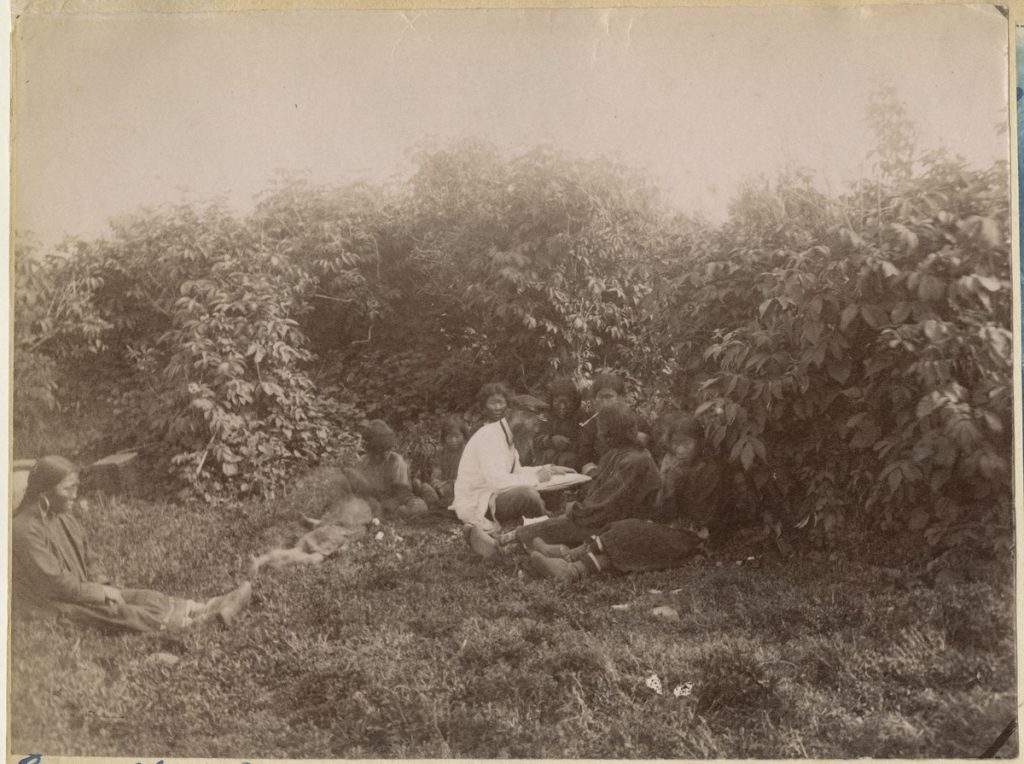
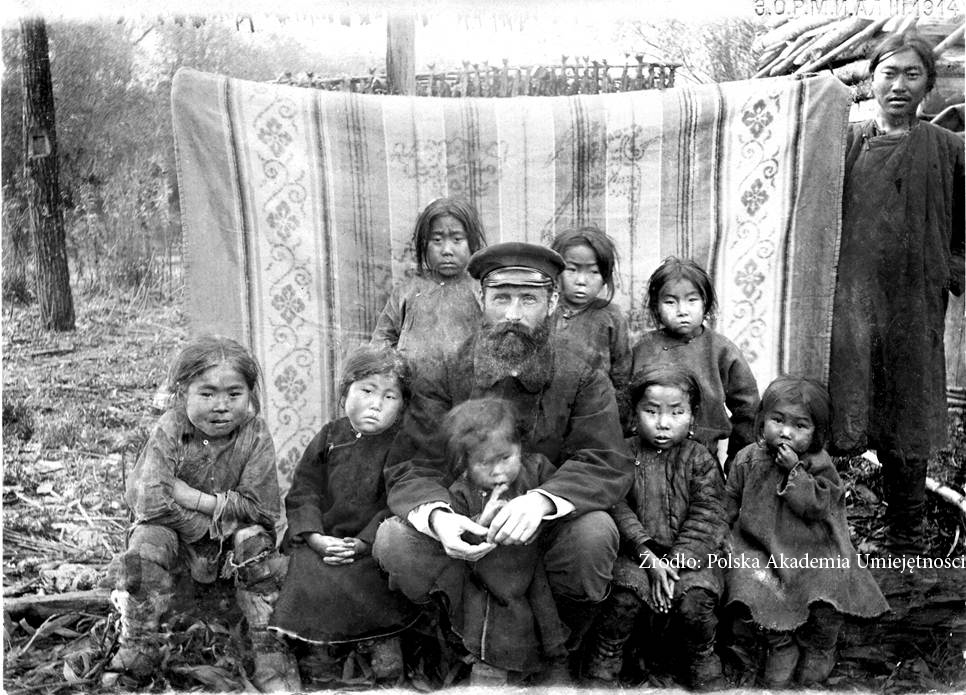
We presented the exhibit on June 15, 2023 in our multimedia room, but it has already been moved to the usual place, i.e. the upper hall of the Museum, where it can be seen until the beginning of July.
The album contains 28 cards with handwritten photos taken by Bronisław Piłsudski during his research on the Ainu, Gilak and Orok peoples. As Danuta Onyszkiewicz emphasized, Piłsudski was the first person from outside the Ainu community to be admitted to the Iomante (an Ainu ceremony in which a brown bear is sacrificed) and documented it in his photos.
The collection of Bronisław Piłsudski’s photographs is a unique material used by researchers from all over the world.
But how did young Piłsudski end up so far away in Sakhalin?
In 1887, at the age of 21, Bronisław Piłsudski, along with 14 other people, was arrested by the tsarist police for organizing an attempt on the life of Russian Tsar Alexander III. The conspirators were sentenced to death, but ultimately 10 of them, including Bronisław and his brother Józef, had their sentences reduced. The elder brother was sent to 15 years of hard labor on the island of Sakhalin. There, Bronisław started working in a carpenter’s shop, having other jobs at once, such as running a library or educating the children of local officials. However, his attention was focused primarily on the culture, tradition and language of the local tribes, mainly the Ainu. In the ethnographic research conducted on the Sakhalin population, he used devices such as a camera or phonograph, which resulted in recordings of the Ainu language and numerous photos of Sakhalin and its inhabitants. At the same time, Piłsudski helped the locals, e.g. as a physician and agricultural pioneer.
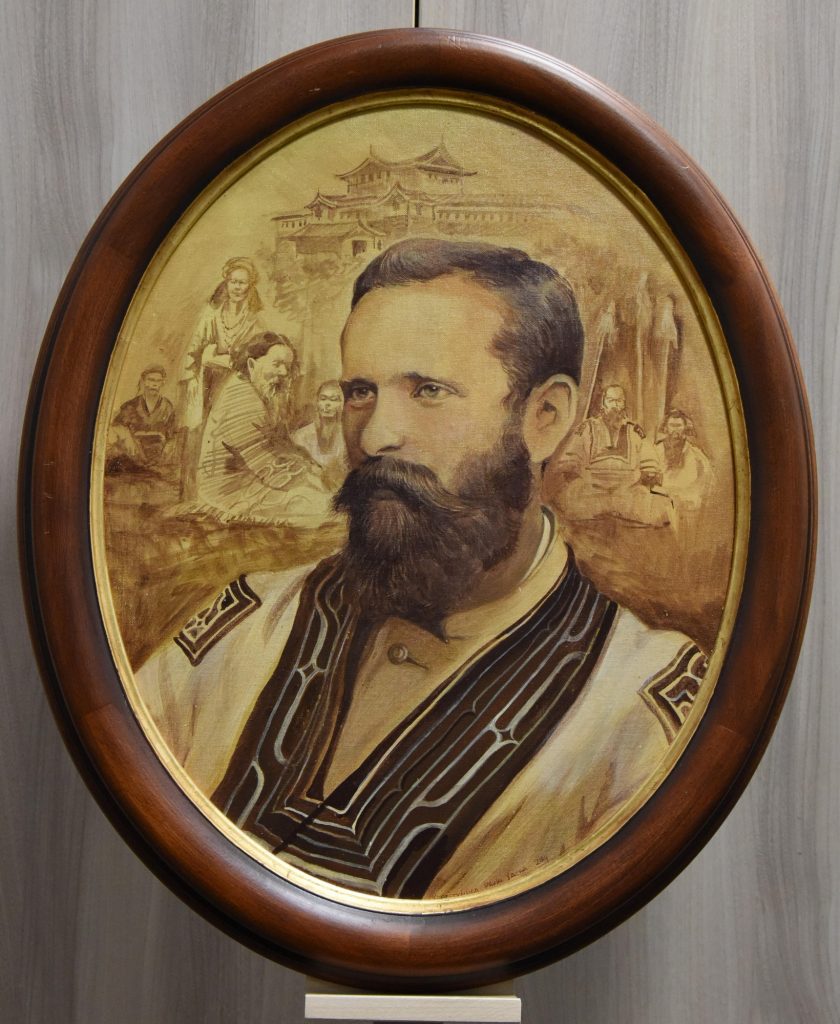
After the death of Tsar Alexander III and the announcement of an amnesty, Piłsudski’s sentence was shortened. However, Bronisław stayed in the Far East and continued to conduct his research on the Ainu people in Sakhalin and Hokkaido. Staying among the members of the tribe, he was recognized as one of them and married Chuhsamma Bafunke — a relative of the Ainu chief, with whom he had two children.
In 1906 Piłsudski returned to Polish lands (he settled in Galicia, which was in Austrian hands). After the outbreak of World War I, he left for Switzerland and then France. He died on May 17, 1918 in Paris, probably as a result of a suicide attempt.




